Originally posted by Diablo
View Post
My home practice amp is only twenty watts. And I prefere NOT to use the attenuator. But I do most of the time. My attenuator gets it down to about one watt. I still gets complaints from the other rooms.
 I think I need to find a local band just so I can play my guitars and amps.
I think I need to find a local band just so I can play my guitars and amps.
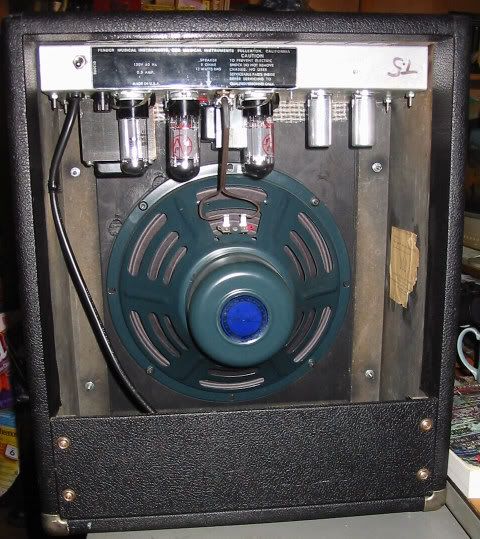
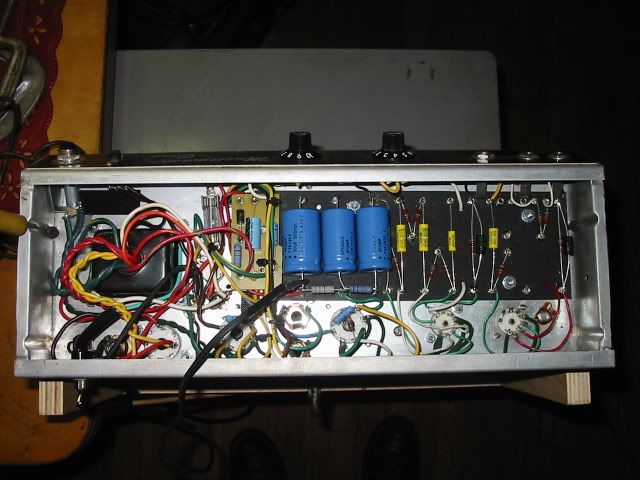
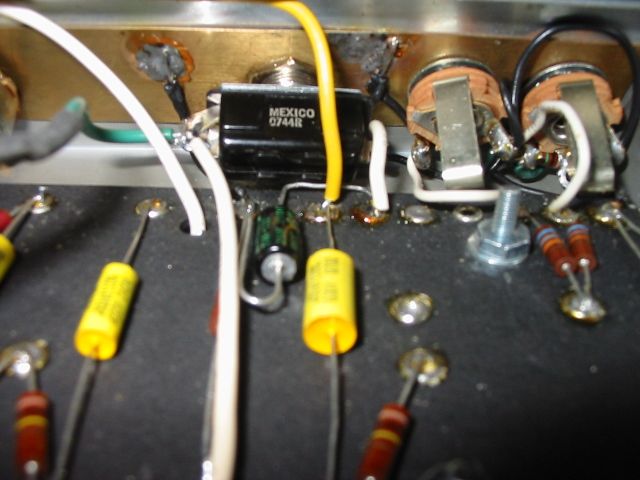
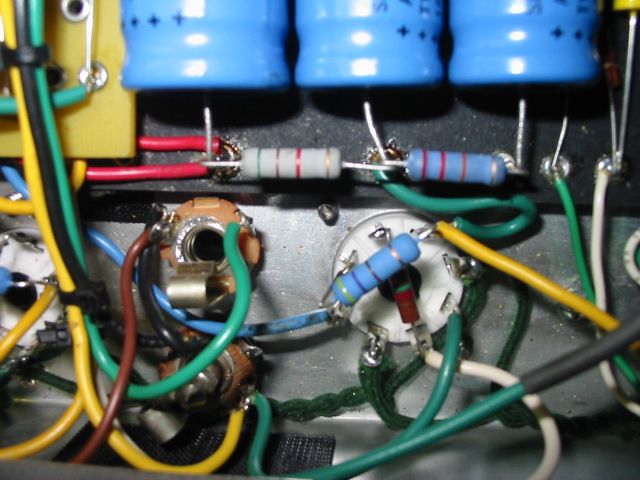
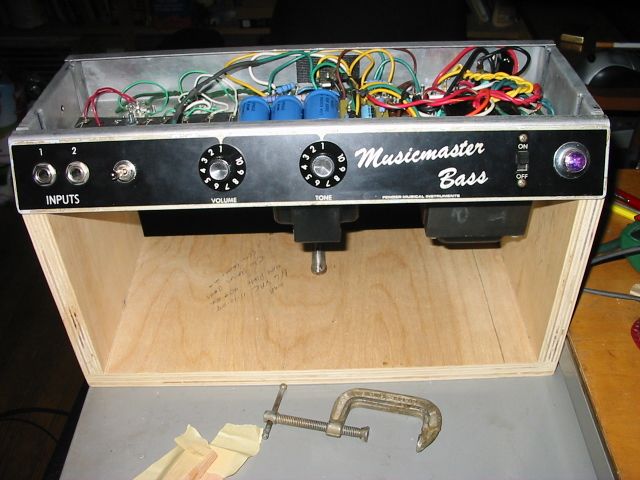

Comment